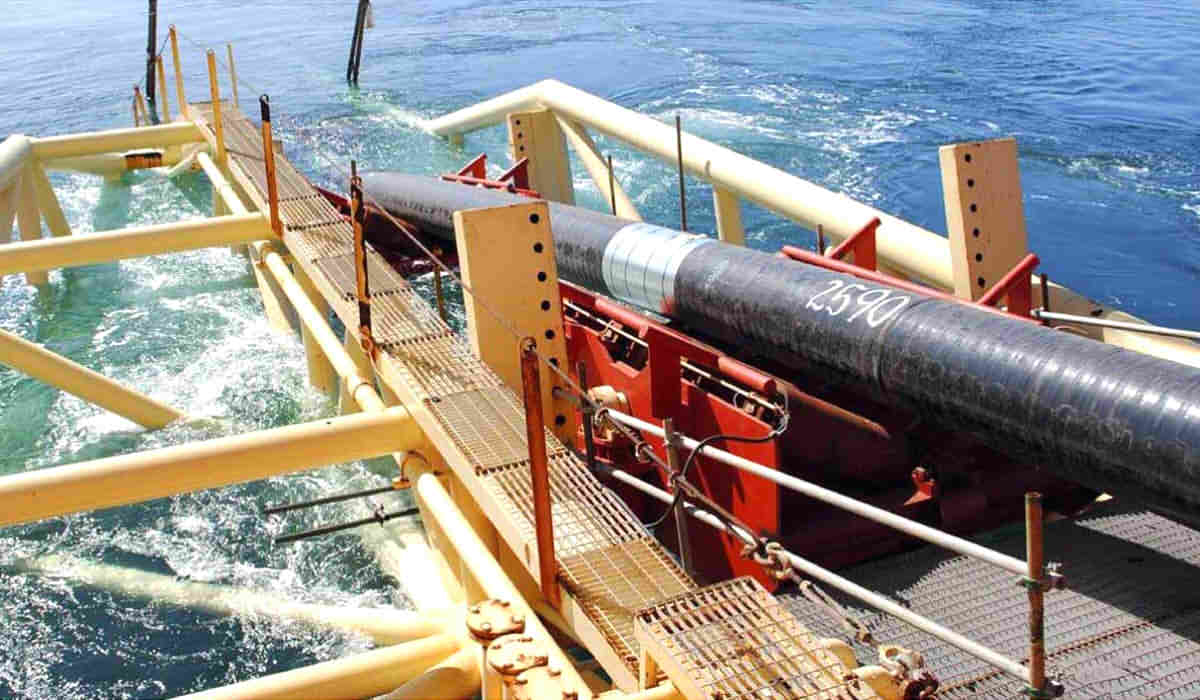Google calls itself the first large non-telecommunications company to build private international cables. With an investment in more than 13 Internet submarine cable routes, that add up to more than 100.000 total kilometers, Google continues to expand its presence in key infrastructure to keep its services online. This trend is reflected in large technology companies, who are investing more and more in their own infrastructure to ensure its reliability and security.
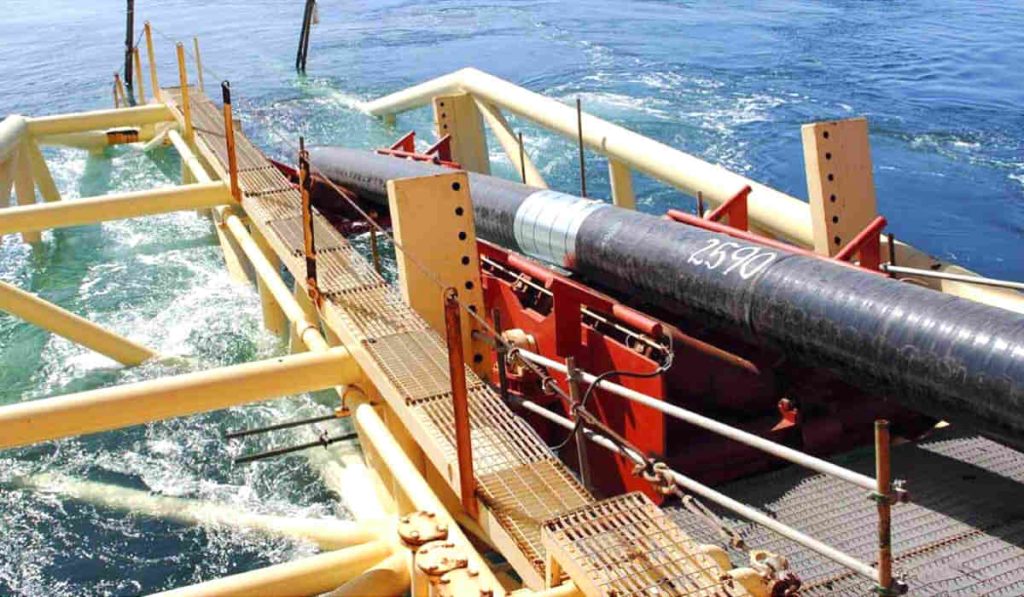
Cables Leaving the US.
The most important of these submarine cables are those connecting the continental United States with other continents..
Cable Curie
The Cable Curie spans over 10.000 kilometers along the Pacific coast, from Los Angeles to Valparaiso, in Chile. The Curie cable is the first international submarine cable that is wholly owned by Google, it's actually just one of a dozen submarine cables the company has invested in over the past decade.
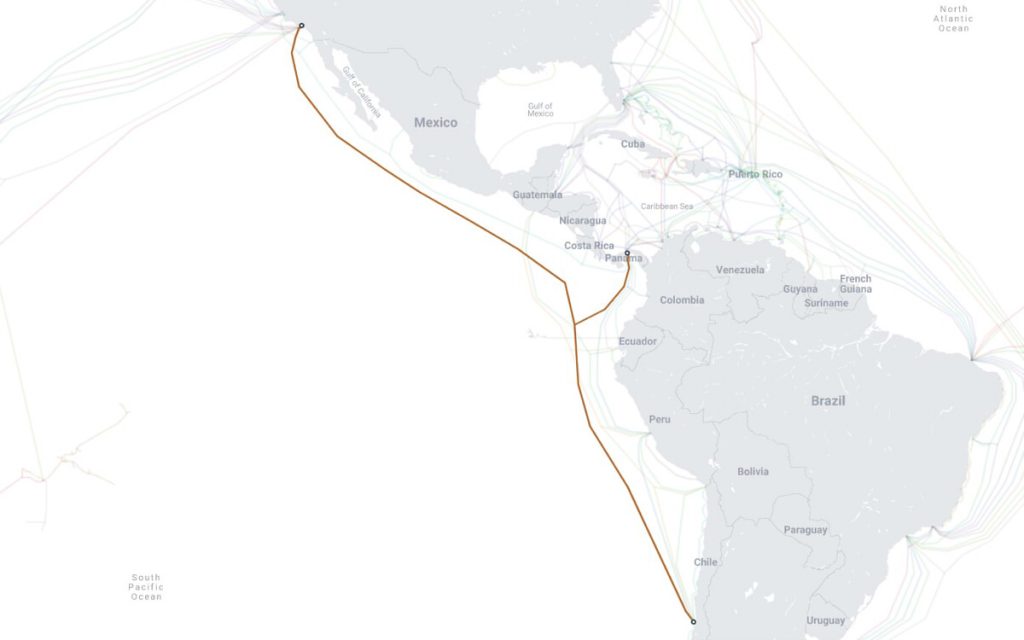
Cable Unity
Cable Unity extends 9.620 km from Chikura, near tokyo (Japan), to Redondo Beach (California, EU). The Unity Cable is jointly owned by many well-known companies, like google, Telstra, Singtel, KDDI, Airtel (Bharti) y Time.com. Unity Cable entered service in 2010.
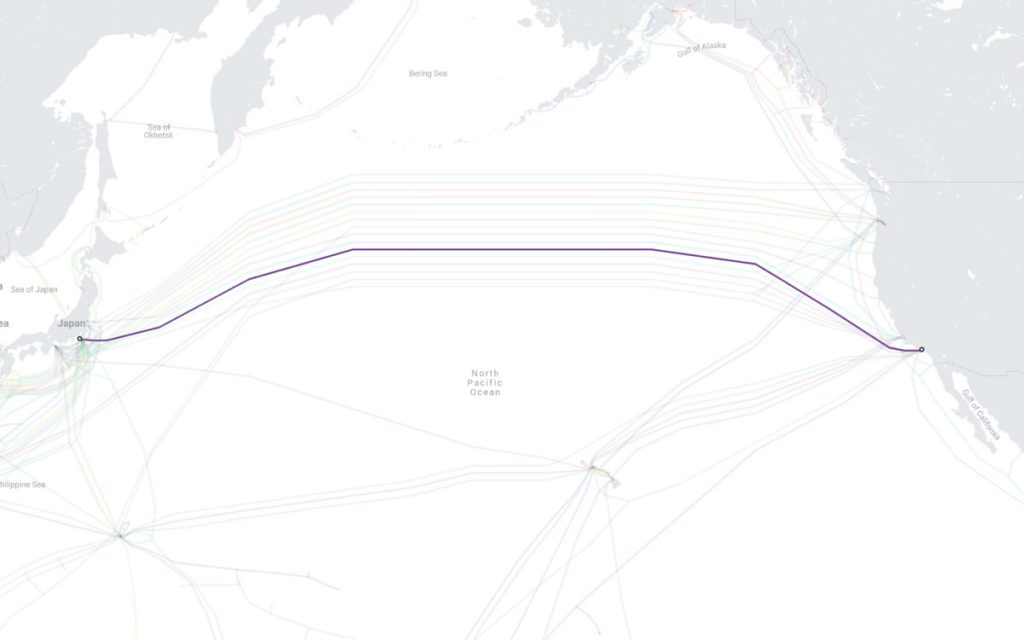
Pacific Light Cable Network (PLCN)
Facebook and Google joined forces in 2016 to build the network Light Wire from Pacific (PLCN). The cable lands in Deepwater Bay (Hong Kong), touch (taiwan), Aurora and San Fernando City (Filipinas) and the second (California). Ltd. This submarine cable, which is operational in 2019, have 12.971 kilometers long. It is the longest cable infrastructure project in which Google has invested to date.
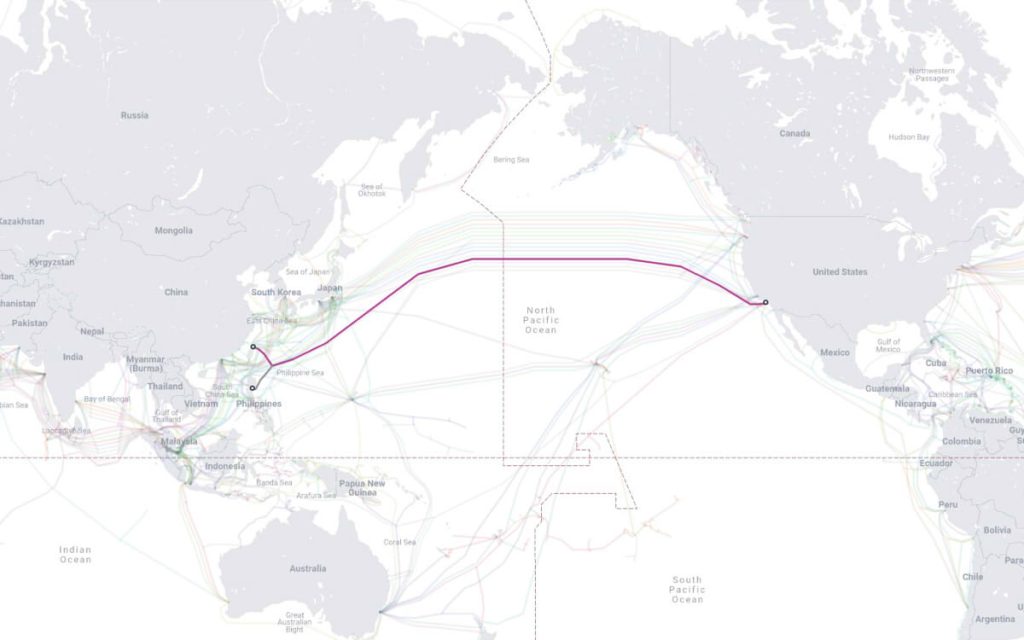
Cable HAVFRUE/AEC-2
The Havfrue/AEC-2 submarine cable has 7.200 km long. Extends from Wall Township (New Jersey, EU) to Western Europe, with landing points at Lecanvey (Ireland), Blaabjerg (Denmark) y Kristiansand (Norway). The AEC-2 cable is Google's second underwater project with Facebook, with investors AquaComms and Bulk Infrastructure, and is operational at the end of 2019.
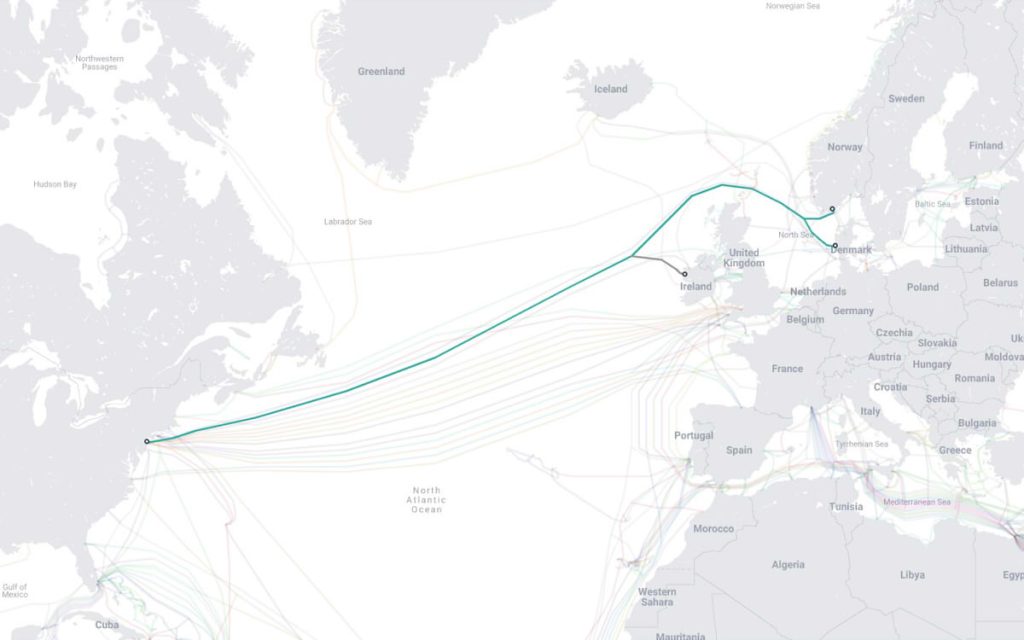
The Underwater Infrastructure Ambitions of Internet Giants
Although satellites could be the key to supporting Internet connectivity in remote areas, the infrastructure of submarine cables offer higher capacity and lower latency, which is vital for companies like Google and Facebook, Driving Live Video and Virtual Reality Businesses.
Google has invested in more than 13 Internet submarine cable routes, with a total of more than 100.000 kilometres, while Facebook has collaborated with Microsoft on a transatlantic cable of 6.400 km and with Amazon and SoftBank in a transpacific cable of 14.000 km. Both companies have invested in numerous additional cables around the world., demonstrating its ambition with the Internet infrastructure globally.
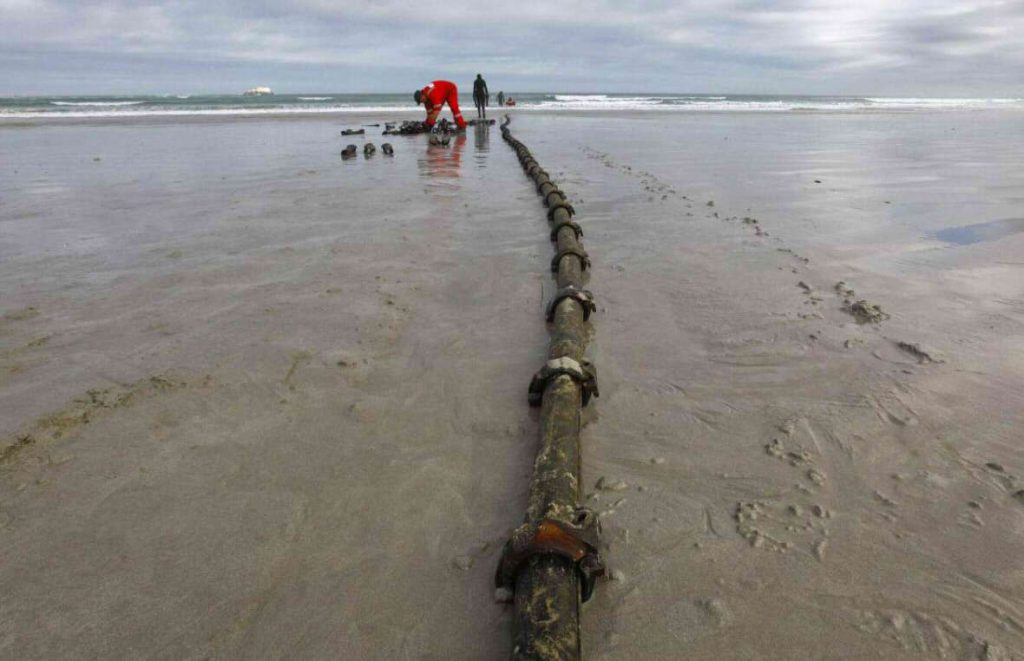
It is undeniable that the reliability of Google products and services, ranging from cloud computing and video streaming to email and other business services, highly dependent on strong infrastructure. Internet submarine cables are essential for her.
Currently, there is more of 500 submarine cables in use around the world, covering more than a million kilometers. Google already invests in more than 100.000 kilometers of submarine data cables, which is equivalent to almost 10% of the total length of submarine cables worldwide.
The reality is that the tech giants already control the heart of the Internet.. Investments made in recent years show that their control over the network infrastructure is only getting stronger.

